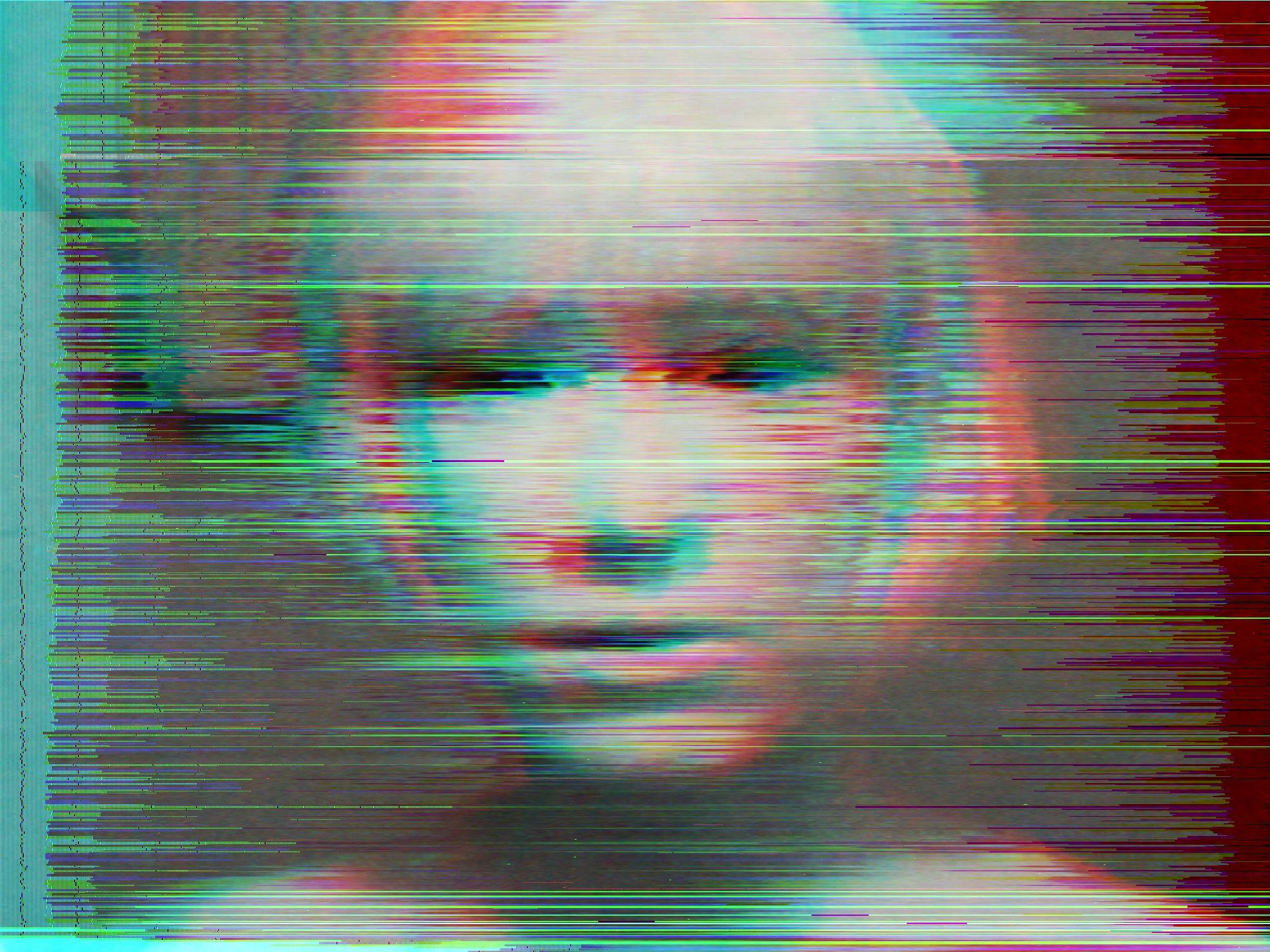Sleep Mode
Sleep Mode has been developed in dialogue with the internationally renowned internet artist Rafaël Rozendaal. In his artistic practice Rozendaal addresses the anonymous and fleeting status of the typical, computer-generated image and communicates his fascination for the subversive, playful and diffuse character of the screensaver.
In curating this exhibition, his aim is not to provide an analytical, historical survey but rather to submerge the visitor in a spatial experience that does justice to the extraordinary visual language of this transitory digital heritage. He has mostly chosen examples from the earliest years of the medium, when the animated digital images did not yet exhibit the realism of later screensavers. It is precisely the unpolished abstraction of the first generation of screensavers that appeals to him because they emerged entirely from the practical role they had to play in protecting computer screens. But the installation also includes several more recent and advanced examples developed by Apple and Microsoft.
Functional images but also free space
It is hard to imagine a more fleeting image than the screensaver. Depending on the type of computer and the date it was purchased, from the mid-1980s digital consumers were automatically supplied with such a 'pause' image, which appeared if the screen was inactive for a certain period. The screensaver prevented images or icons being indelibly 'burned' onto the visual display unit. In this sense, the animated image was purely functional: it did not need to tell a story, it demanded no attention from the user and it disappeared before one had time to study it properly. For computer users, the screensaver was a small oasis in the highly disciplined working environment that computers offered at that time.
Although many computer users have seen countless screensavers on a daily basis, most will have little memory of them because they were so peripheral, devoid of content and so fleeting. But also so lively, relaxing and pleasing that a new screensaver was always a discovery and often met with great enthusiasm. With every innovation in hardware and software, the screensaver took on a new form. And because the computer increasingly offered other forms of relaxation and the screensaver was a purely functional image, interest in historical screensavers faded as quickly as the images themselves.
Transient digital image catalogue
In many respects the screensaver is a symbol of the rapid technological development in the digital age: it flares up, does its job and then disappears again. This is true not only of the genre, which existed for a mere twenty years because the introduction of LCD/LED monitors removed the risk of 'image burn', but also of the digital images themselves, which reached us via the screensaver.
The first screensaver was developed in the mid-1980s for IBM's PCs. the earliest variants were rather primitive due to the limitations of the hardware at the time. Most were abstract with the animation resulting from changes in a small proportion of the pixels. Developing new screensavers soon became a favourite pastime for programmers: a pleasant respite from complex programming work. The variety was enormous. Eventually, the sleeping screen could be transformed into an immense spatial construction or the representation of a mathematical formula. Remarkably, we have seldom asked ourselves how they were created: reason enough for Rafaël Rozendaal to give the makers of these images pride of place in the exhibition. Who were they? How did they develop their visual idiom? And isn't it high time that we considered these amateurs as authors?
Autonomy
As with many other digital tools - think of the floppy disk - technological progress soon rendered the screensaver redundant, resulting in the almost complete disappearance of a unique digital image catalogue. For the screensaver is not comparable with video clips, animated gifs or loops but is a completely distinct genre. Before it sinks into oblivion, it is being honoured in the installation that Rafaël Rozendaal has made for Het Nieuwe Instituut.
The installation demonstrates the unique significance of the screensaver: the public was confronted for the first time with images that were generated by the computer. The programmer wrote the rules, but it was the computer itself that produced an unbroken series of images in subtle variations.
Due to the format in which they are displayed in the exhibition, the images take on a degree of autonomy and become museum objects. Because they have also been stripped of their original function, here the screensavers can be judged on their inherent visual qualities. Visitors find themselves immersed in an animated landscape of abstract vistas dominated by colour, structure and the laws of nature and in which no movement is entirely predictable.
Digital oblivion
With his choice for several of the oldest screensavers, Rozendaal refers to an underlying issue: namely the undocumented disappearance of digital culture. This subject has a central place in his work as an artist. But everyday users of Snapchat and Instagram Stories are also confronted with the fleeting nature of their digital photo albums. Despite the enormous storage capacity for digital media, constant technological innovation means that much of our growing digital heritage will not survive. Old file formats are quickly rendered unreadable when new generations of software are launched and the hardware will not last forever. And there are countless media products that were never designed to be preserved. This is also true of the screensavers from our first computer games and PCs.

